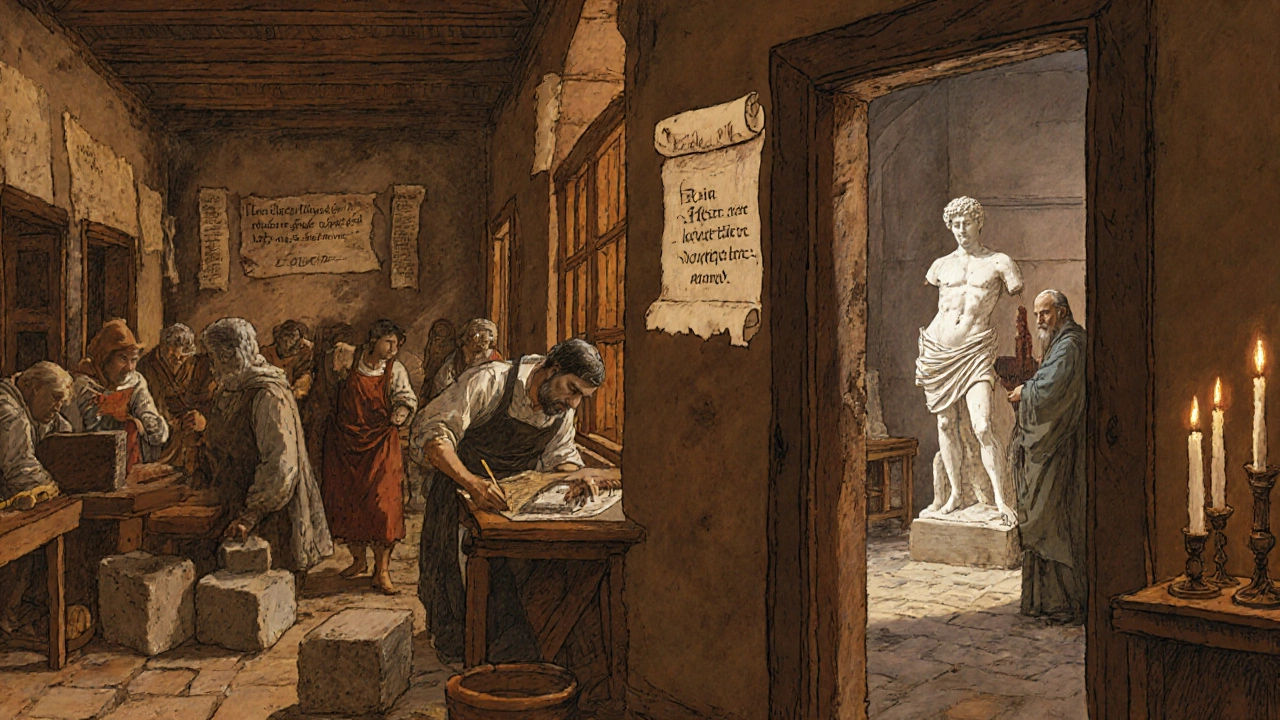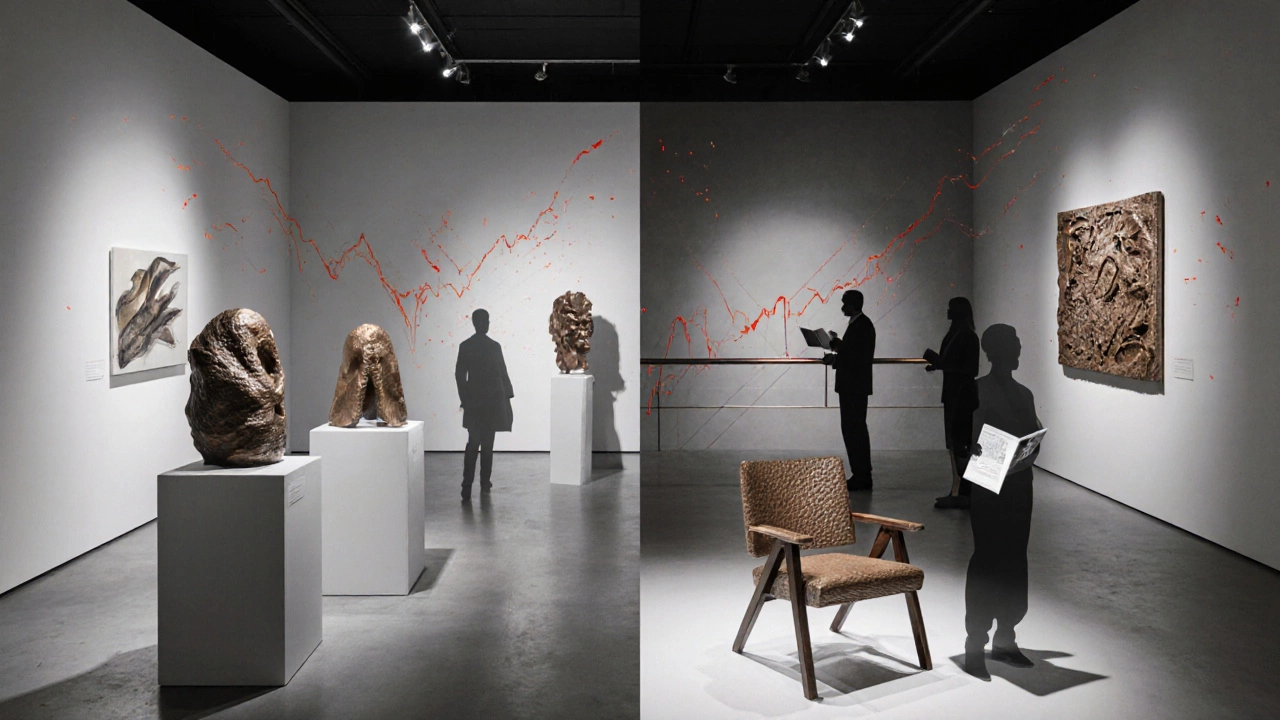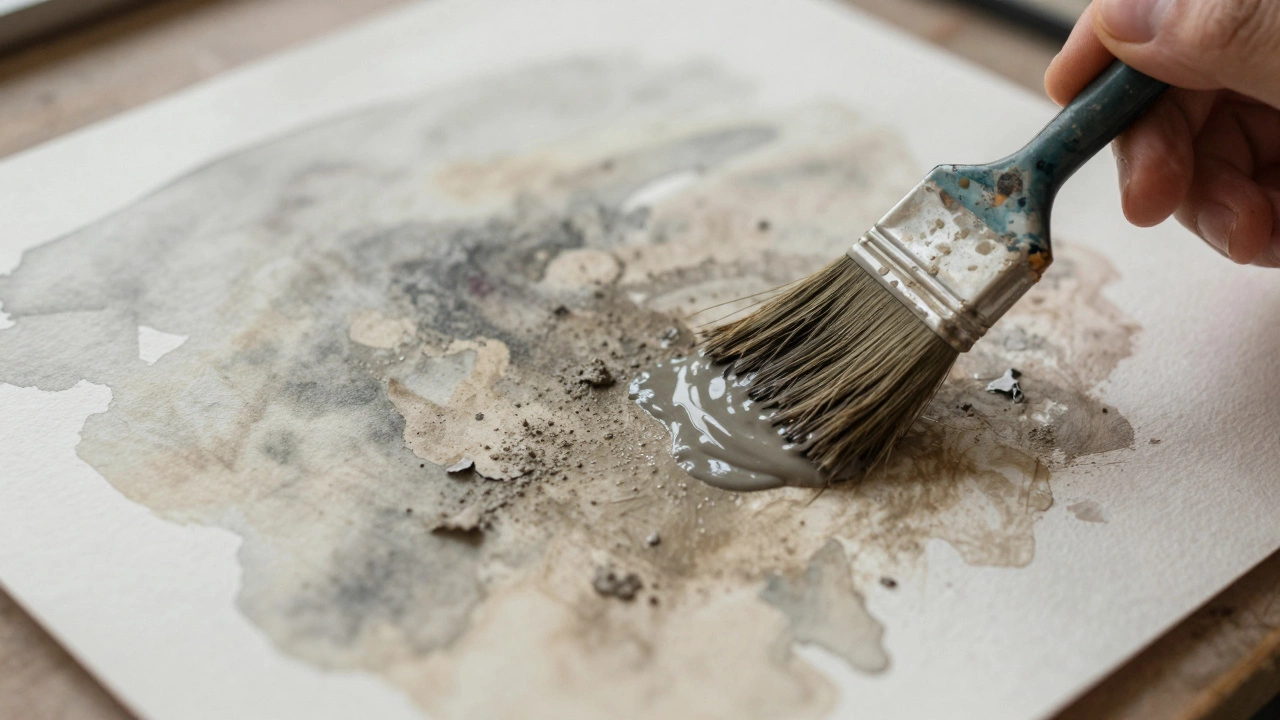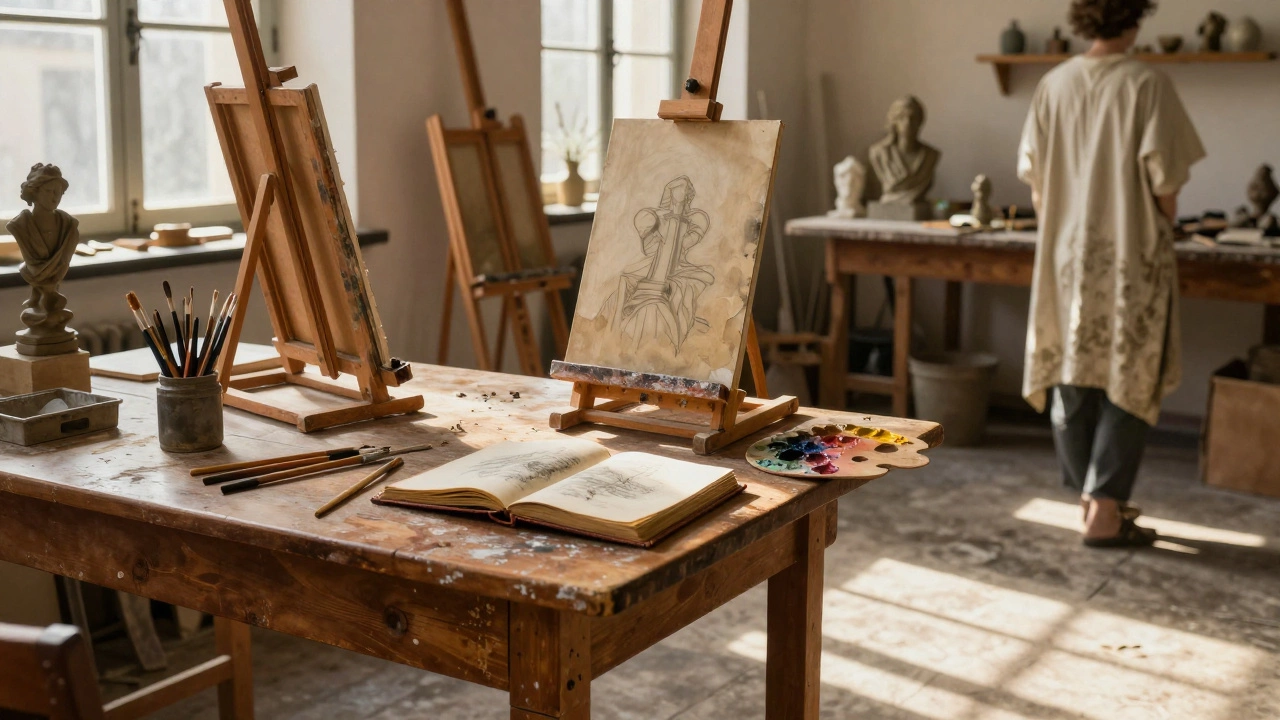Sculpture Artist or Artisan Checker
Let's assess your sculpture
Answer these questions about your work to determine if it leans more toward artist or artisan.
Ever stared at a stone figure and wondered whether the creator is an sculpture artist or a craftsman working out of sheer skill? The line between artist and artisan blurs in the world of three‑dimensional art, and this article untangles the history, the definitions, and the modern market forces that shape that debate.
What is Sculpture?
Sculpture is a three‑dimensional art form created by carving, modeling, casting, or assembling materials such as stone, metal, wood, or mixed media. It can be freestanding, relief, or installation, and its purpose ranges from pure aesthetic expression to functional use.
From ancient Greek marble statues to today’s kinetic installations, sculpture has always inhabited both the sacred and the everyday. That dual nature is the root of the artist‑artisan debate.
Artist vs. Artisan: Defining the Roles
Artist is a person who creates work primarily for expression, concept, or emotional impact. An artist’s intent is usually to communicate an idea, challenge norms, or explore personal vision.
Artisan is a skilled craftsman who produces objects using established techniques, often for functional or decorative purposes. The artisan’s focus lies in mastery of material and process, with less emphasis on personal narrative.
Both terms share a deep respect for technique, but the “why” behind the work differs. A sculptor who charts new forms to question identity is leaning toward the artist side; one who reproduces classical motifs for a patron’s altar leans toward the artisan side.
Historical Perspectives: From Guilds to Studios
During the Middle Ages, sculptors operated within Guild, a network of apprentices, journeymen, and masters. The guild system prized consistency and craftsmanship-traits we now associate with artisans.
The Renaissance shifted the narrative. Figures like Michelangelo began to sign their works, claim intellectual ownership, and demand patronage based on personal reputation. Their studios blended apprenticeship (artisan training) with singular creative vision (artist identity).
In the 19th century, Auguste Rodin famously said, “The artist must be a worker of the mind,” highlighting a deliberate move away from purely manual craft toward conceptual depth.

Modern Viewpoints: Contemporary Sculpture and the Market
Today’s sculptors navigate galleries, public commissions, and online platforms. The Art Market often categorises works as "fine art" if they meet criteria of originality, limited edition, and collector interest. This classification can elevate a craftsman’s output to "artist" status overnight.
Meanwhile, the rise of Functional Art-think designer furniture, decorative metalwork, or architectural relief-keeps the artisan tradition vibrant. The line now hinges on intent, context, and how institutions (museums, auction houses) label the work.
In practice, many creators wear both hats. A studio may produce a limited edition bronze series (artisan process) while each piece carries a distinct conceptual narrative (artist’s voice).
Checklist: When Is a Sculptor an Artist?
| Criterion | Artisan‑leaning | Artist‑leaning |
|---|---|---|
| Primary intent | Utility, replication, client specs | Personal expression, conceptual exploration |
| Production method | Standardised processes, repeatable molds | One‑off, experimental techniques |
| Signature or attribution | Often anonymous or workshop‑branded | Signed, dated, artist‑named |
| Market handling | Sold as décor, functional objects | Presented in galleries, auctioned as fine art |
| Critical discourse | Focused on technique and material | Analyzed for meaning, context, and theory |
Crossing any of these rows from left to right nudges a sculptor into the artist camp. Most real‑world practices sit somewhere in the middle, and that hybrid space fuels artistic innovation.

Common Misconceptions
- “All sculpture is fine art.” - Public monuments, religious reliefs, and architectural friezes are often commissioned for functional or symbolic reasons, blurring the fine‑art label.
- “If a piece is handcrafted, the maker is automatically an artisan.” - Handcrafting can be a deliberate artistic choice, as seen in the intricate wood carvings of contemporary Japanese sculptors.
- “Only artists get artistic merits.” - Guild masters in the Renaissance earned high social standing and were celebrated alongside painters and poets.
Bottom Line: The Dual Identity Is Powerful
Whether you call a creator an artist or an artisan, the answer matters less than the dialogue between skill and imagination. Sculpture thrives on that tension: a marble block awaits the chisel, but the chisel follows a vision. Embracing both labels lets creators market functional pieces, experiment freely, and claim their place in museums and living rooms alike.
Frequently Asked Questions
Is there a legal definition separating artist from artisan?
Most countries have no statutory line; the distinction is cultural and market‑driven. Copyright law, however, protects original artistic expression, which can tip a craftsman's work into artist territory.
Can a single sculptor be both an artist and an artisan?
Absolutely. Many studios produce limited‑edition decorative objects (artisan) while also creating conceptual installations (artist). The dual role is a hallmark of contemporary practice.
How does the art market value artisan‑style sculptures?
Value hinges on rarity, provenance, and narrative. A well‑documented artisan piece that tells a story can fetch prices comparable to traditional fine art.
Do galleries accept purely functional sculpture?
Many forward‑thinking galleries showcase functional works as long as the piece carries a conceptual edge or challenges the viewer’s expectations.
What educational paths lead to becoming a sculptor?
Traditional routes include art school BFA programs, apprenticeship in a workshop, or self‑directed study. Modern creators often blend formal study with residencies and online masterclasses.





